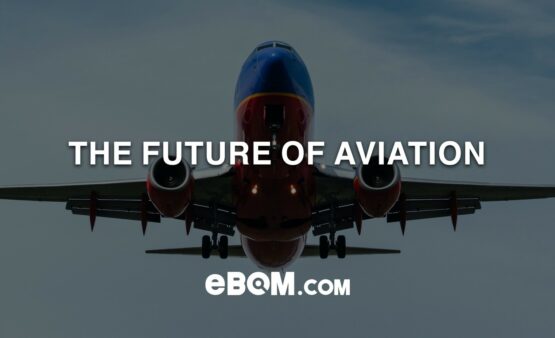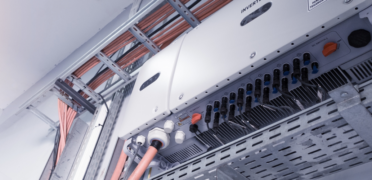The Aviation Industry Early Doors
The aviation industry has developed heaps and bounds from when planes were first invented in in 1903 by Wilbur and Orville Wright. It was only a few years later when Tony Jannus conducted the United States’ first scheduled commercial airline flight on 1st January 1914 for the St. Petersburg-Tampa Airboat Line. Since then we have seen ground-breaking discoveries such as the Concorde which reached an astounding 1,354 mph, the first transatlantic jet passenger service in 1958 and the first non stop solo flight around the world in 2005, flown by Steve Fossett.
COVID19 Making an Impact
According to GHD, over a third of people in the UK expect to fly less following the COVID-19 pandemic. 29% expect to fly the same amount, while only 9% think they will fly more. Rail and bus travel also looks set to decrease, with 31% and 30% of respondents anticipating that they will use these modes of transport less, respectively, driven by the expectation of flexible working going forward.
Commenting on the survey’s findings, Jonathan Edwards, Transport Market Leader for EMEA at GHD, said: “The transformation in our relationship with physical travel could be one of the most visible legacies of the pandemic, as our established working and travelling habits have undergone a seismic shift. Public transport is seeing significantly reduced passenger and revenue levels and we know operators are feeling the squeeze from this, set against their overheads and long-term financial costs, forcing them to focus predominantly on business continuity.
“We are entering a prolonged period of uncertainty and GHD is ready to help authorities and operators with improved business planning to better understand their customers’ behaviour, as well as the pressures on demand and supply across their assets and an increasingly integrated transport network. We appreciate that more time is needed to understand the changes that will arise from the pandemic, but we also think there are major opportunities for companies that can harness greater insight, data and support to replan and reposition their organisation for the future and to meet passenger travel needs as they return to the network in various forms.
“However, at the same time, transport entities are also facing increasing pressure to decarbonise operations and assets, as transport has a huge role to play in the UK economy reaching net zero. There is no easy solution to decarbonisation but the current focus should be on capturing asset information, monitoring movement patterns and reinventing services and supply chains to keep emissions as low as possible, with technology that is currently available. Transport is a particularly data rich sector but much of the data is yet to be integrated and analysed in a way that can help governments, operators and investors deliver value. Data intelligence and behavioural modelling will play a fundamental role in understanding and predicting consumer behaviour and asset performance, as more permanent patterns emerge and the long-term impacts of COVID become clearer.
“As the government gears up to publish its Transport Decarbonisation Plan this spring, focus on this area will only increase. The decarbonisation of transport is absolutely essential to address climate change but it is not an easy road ahead: GHD will continue to work closely with transport clients to help drive this incredibly important transition across all forms of transport.”
Future Predictions for Aviation
The aviation sector is growing fast and will continue to grow. The most recent estimates suggest that demand for air transport will increase by an average of 4.3% per annum over the next 20 years. If this predicted growth path is achieved by 2036, the air transport industry will then contribute 15.5 million in direct jobs and $1.5 trillion of GDP to the world economy. Once the impacts of global tourism are taken into account, these numbers could rise to 97.8 million jobs and $5.7 trillion in GDP. By mid-2030s no fewer than 200,000 flights per day are expected to take off and land all over the world. Imagine the first video again – but with twice as much traffic, according to ICAO.
Robotics Within The Aviation Sector
Engines and aircrafts are becoming lighter, quieter and more efficient. Emerging technologies are reshaping with robotics, artificial intelligence, the internet of things, unmanned aircraft systems and the push for hybrid and electric airplanes – just to name a few. One example would be drones. An unmanned aerial vehicle or uncrewed aerial vehicle, commonly known as a drone, is an aircraft without a human pilot on board. UAVs are a component of an unmanned aircraft system, which include additionally a ground-based controller and a system of communications with the UAV. Drones are used in many ways, such as to search less accessible locations such as hazardous areas, to deliver goods or emergency rescue. There’s no arguing the spike in drone industry growth that has occurred in the last few years – the drone services market size is expected to grow to $63.6 billion by 2025, and Insider Intelligence predicts consumer drone shipments will hit 29 million by 2021.










